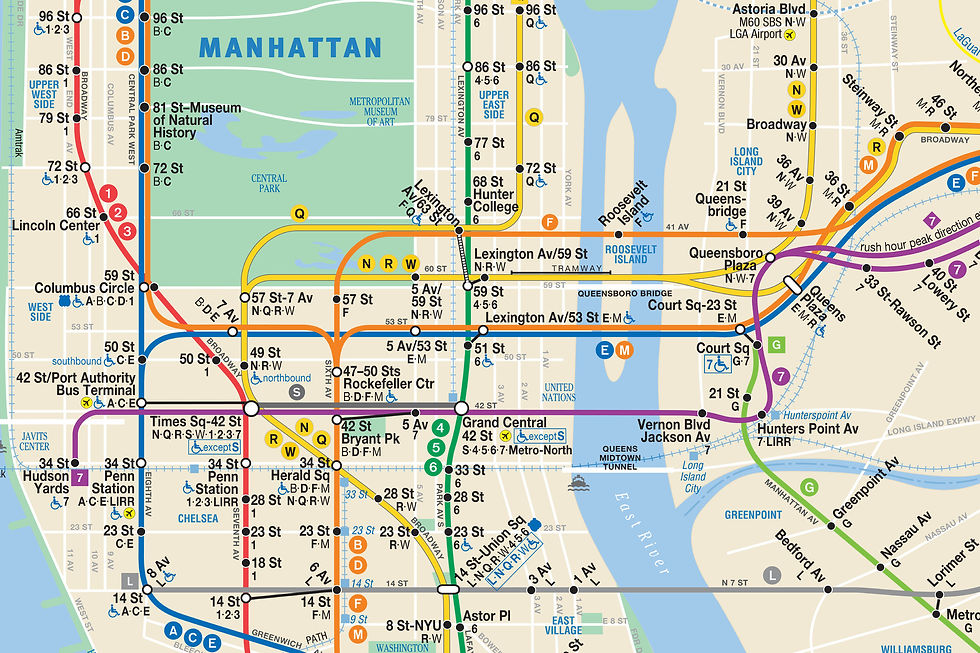Injury and Anomie: Effects of Violence on an Inner-City Community
- Mindy Fullilove
- Jun 18, 2021
- 1 min read
This paper describes the reactions of people living and working in Washington Heights New York to the violence that shook the area in the 1990s.
AUTHORS: Mindy Thompson Fullilove, MD; Véronique Héon, MD, MPH; Walrika Jimenez, MPH; Caroline Parsons, MPH; Lesley L. Green, MPH; Robert E. Fullilove, EdD
PUBLISHED: American Journal of Public Health, 1998.
ABSTRACT
Objectives. Widespread violence affects individuals but also alters group life. This study was designed to examine the effects of violence on an inner-city community.
Methods. A qualitative study was undertaken that included field observations and semistructured interviews. The study took place in Washington heights, a New York City neighborhood with a high rate of violence, largely secondary to the drug trade.
Results. The 100 people interviewed differed widely in their definitions of violence and in their likelihood of experienced violent acts in the course of daily life. High, medium, and low violence microenvironments were identified; risk of exposure to violence, but not individual definitions of violence, differed by location. Violence in all parts of the neighborhood inhibited social interactions, but the intensity of this effect differed by microenvironment.
Conclusions. In Washington Heights, violence has injured individuals and fractured social relationships, leading to the state of social disarray referred to as "anomie". The public health response to the violence epidemic should address anomie through community organizing efforts.



Comments